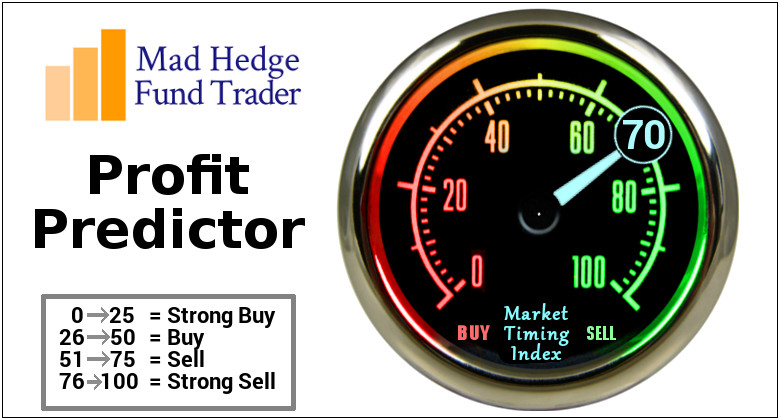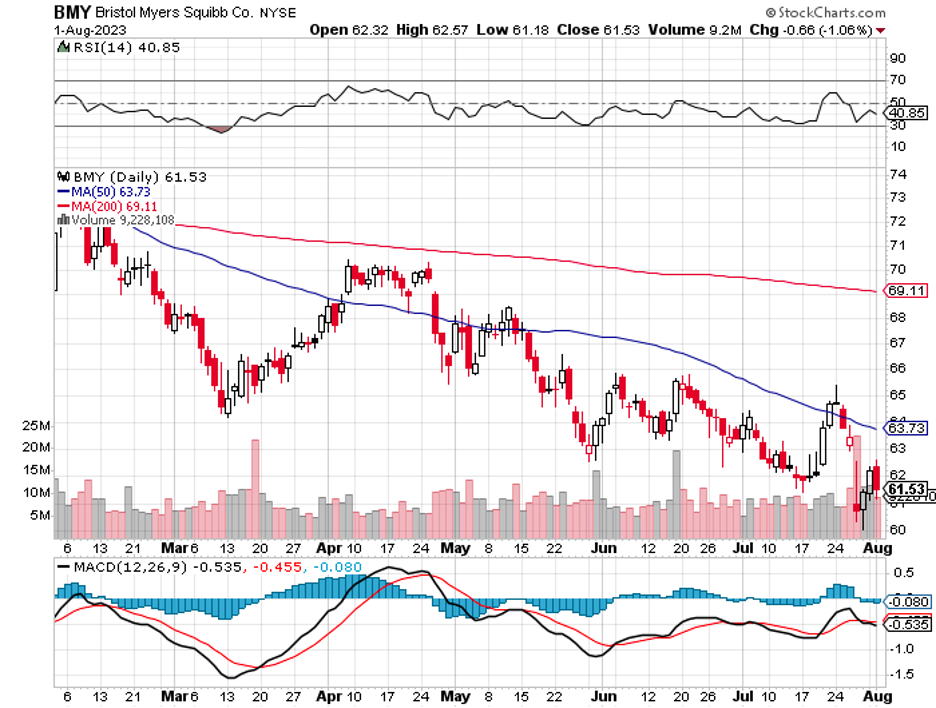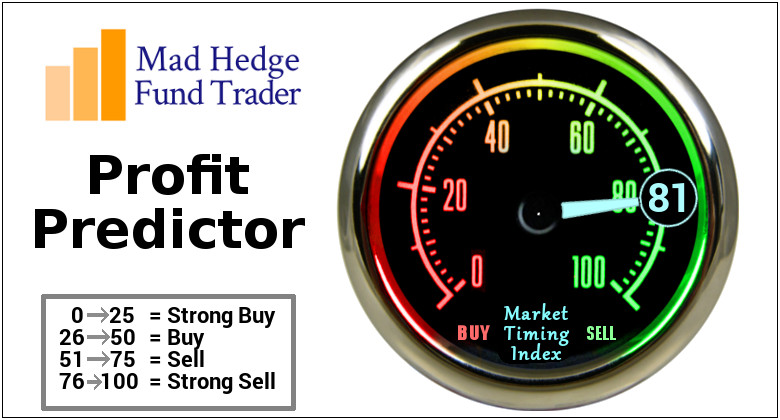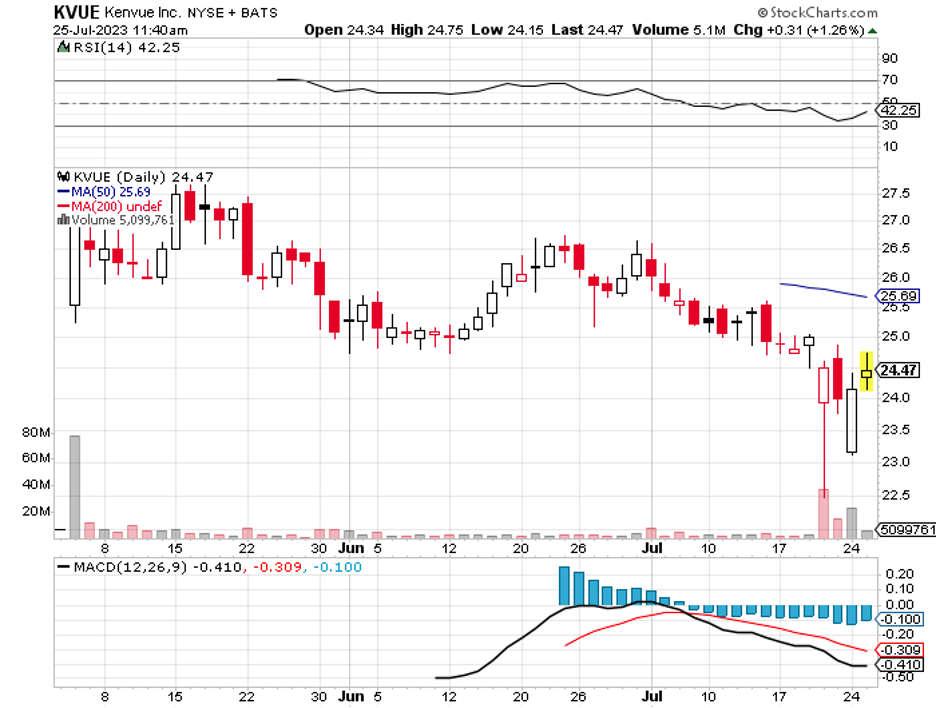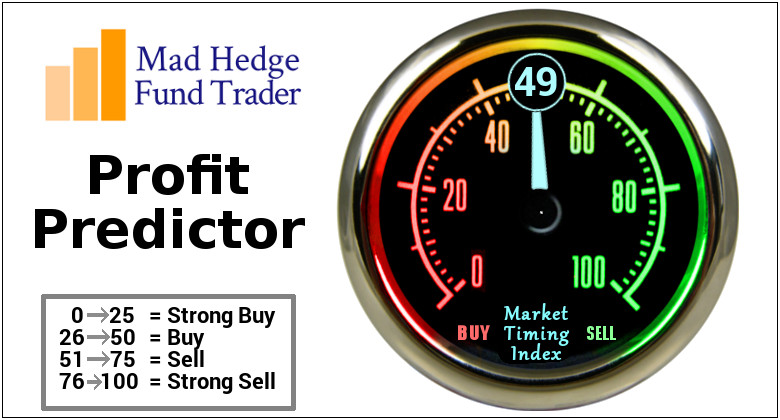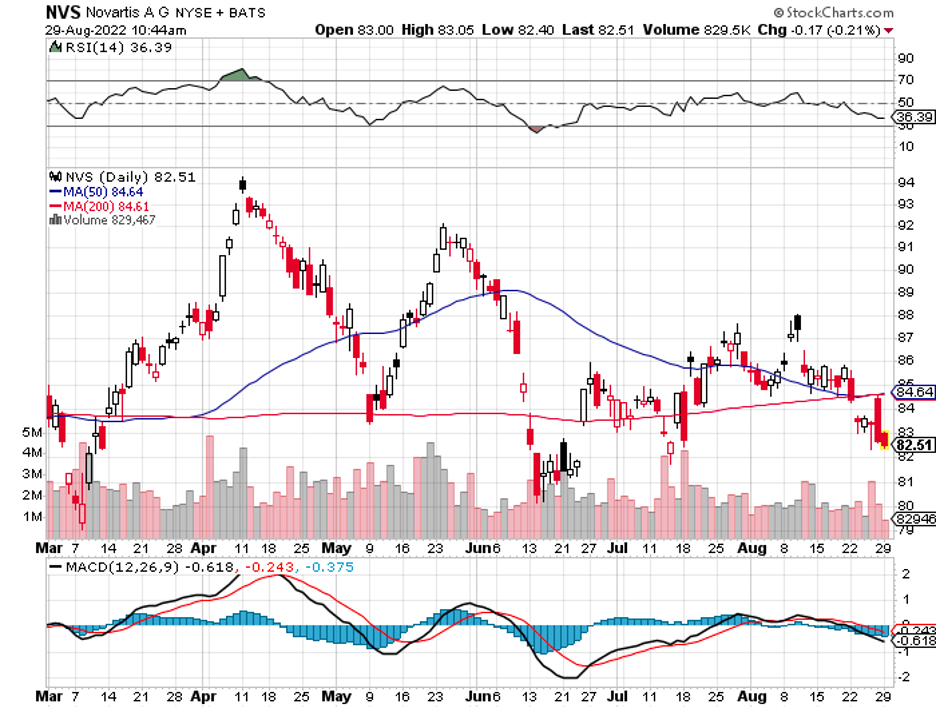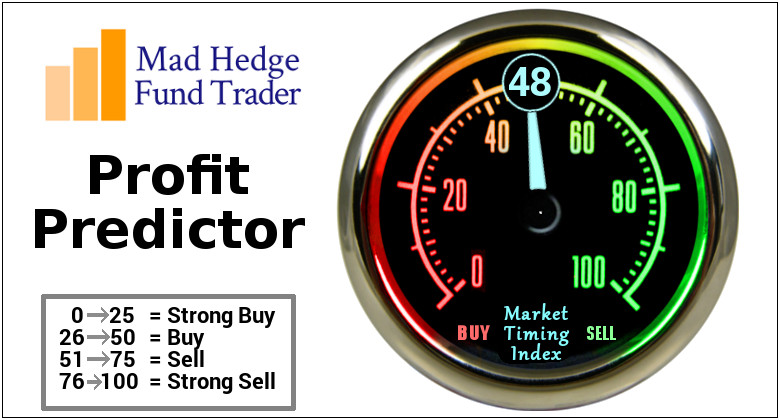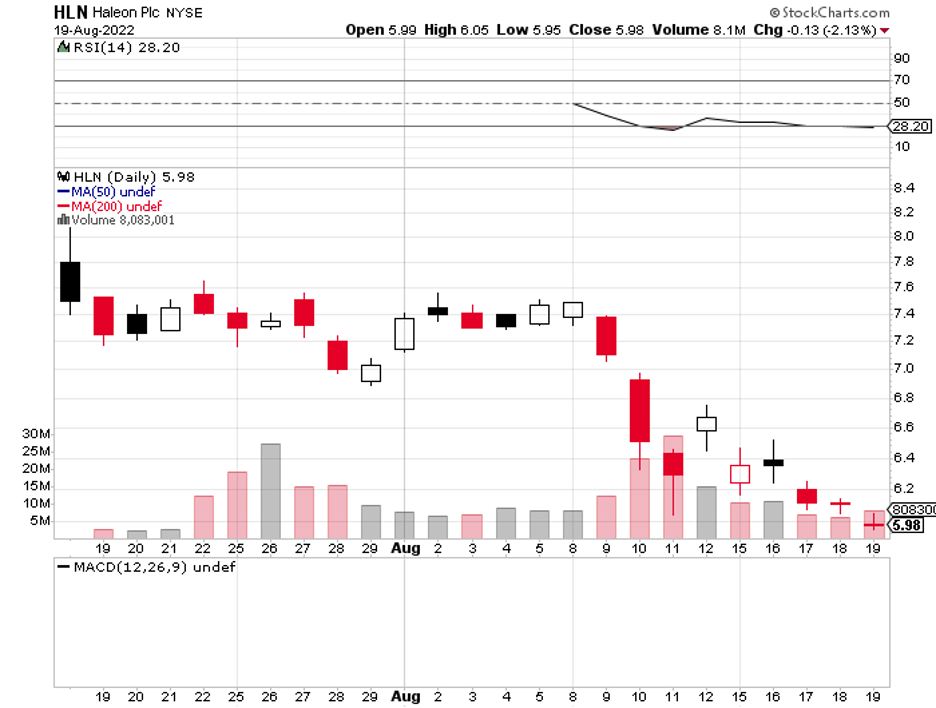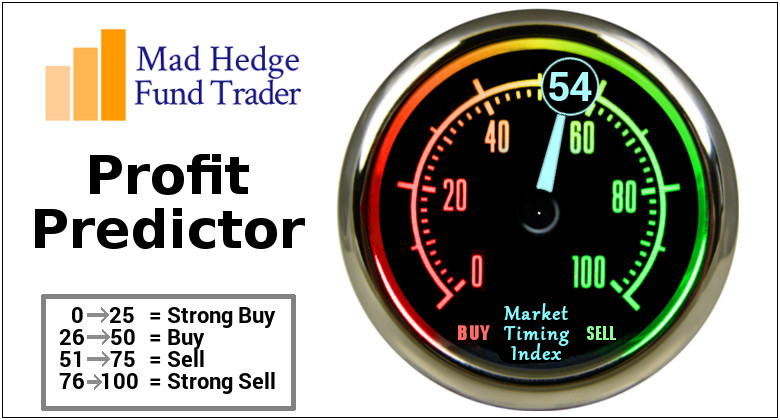Well, well, well. Pfizer (PFE) has been on a bit of a wild ride lately, hasn't it? Its shares have taken a nosedive, dropping over 50% since the company’s glory days in late 2021.
But before you start yelling "timber!" and running for cover, hear me out. I have a hunch that Pfizer's still got a few tricks up its sleeve that might just turn this ship around.
First off, let's talk about the elephant in the room: Pfizer's been playing a little corporate cost-saving efforts with its recent dealings with Haleon (LON), aka the Advil folks.
Remember when Pfizer and GlaxoSmithKline (GSK) decided to spin off their consumer health bits into Haleon back in 2022?
Well, now Pfizer's looking to offload a chunk of those Haleon shares for a cool $3 billion. That would take their stake from a whopping 32% to a more manageable 24%.
And as for GSK? This British biopharma is doing the same, slimming down to just 4.2%. It's like a corporate weight loss challenge, and both are ready to get lean and mean.
That's not all though. Pfizer has been on a shopping spree, dropping a jaw-dropping $43 billion on Seagen, a rising star in the cancer game.
Admittedly, this is a bold move. But, Pfizer's betting big that Seagen's going to be the game-changer they need.
And with Seagen's lymphoma drug, Adcetris, already knocking it out of the park for certain cancer patients, it might just be a bet that pays off big time.
Now, let's talk strategy. Pfizer execs recently revealed that the company would be all about innovation and pinching pennies this year.
Post-Seagen acquisition, they're laser-focused on making oncology the star of the show while also hunting down a whopping $4 billion in savings in 2024.
It's like they're trimming the fat to build some serious financial muscle, even as they brace for some of their cash cows to start slowing down.
Now, I know what you might be thinking. "But what about that Super Bowl ad? How does that fit into Pfizer's grand plan?" Honestly, I'm not entirely sure.
But what I do know is that Pfizer's oncology game is looking stronger than ever. With the FDA giving the green light for one of their leukemia treatments, Besponsa, for the kids, it's clear that Pfizer's cancer-fighting future is as bright as Times Square on New Year's Eve.
Still, Pfizer's not just relying on cost-cutting and its Seagen acquisition to weather the storm. They've got a pipeline bursting with potential, with 31 projects in phase 3 alone, which is corporate-speak for "almost ready to blow your socks off."
That's like having 31 lottery tickets, and you've got to believe that at least a few of them are going to hit the jackpot.
And with new stars like Padcev from the Seagen deal and their shiny RSV vaccine Abrysvo hitting the market, the sales needle is looking to jump up, not down.
I've been singing Pfizer's praises for a while now, and I still stand by that. Sure, their stocks have taken a hit, but that doesn't mean the fat lady's singing just yet.
If anything, it's just the intermission before the big finale. Pfizer's gearing up for a second act that's going to have us all on the edge of our seats, popcorn in hand, ready for the comeback of the century.
So, what's the bottom line here? Well, I think Pfizer's playing the long game. With a dividend yield that's like finding a twenty in your old coat pocket, they're saying, "Stick with us, we've got plans." And from where I'm sitting, those plans look pretty darn good.


